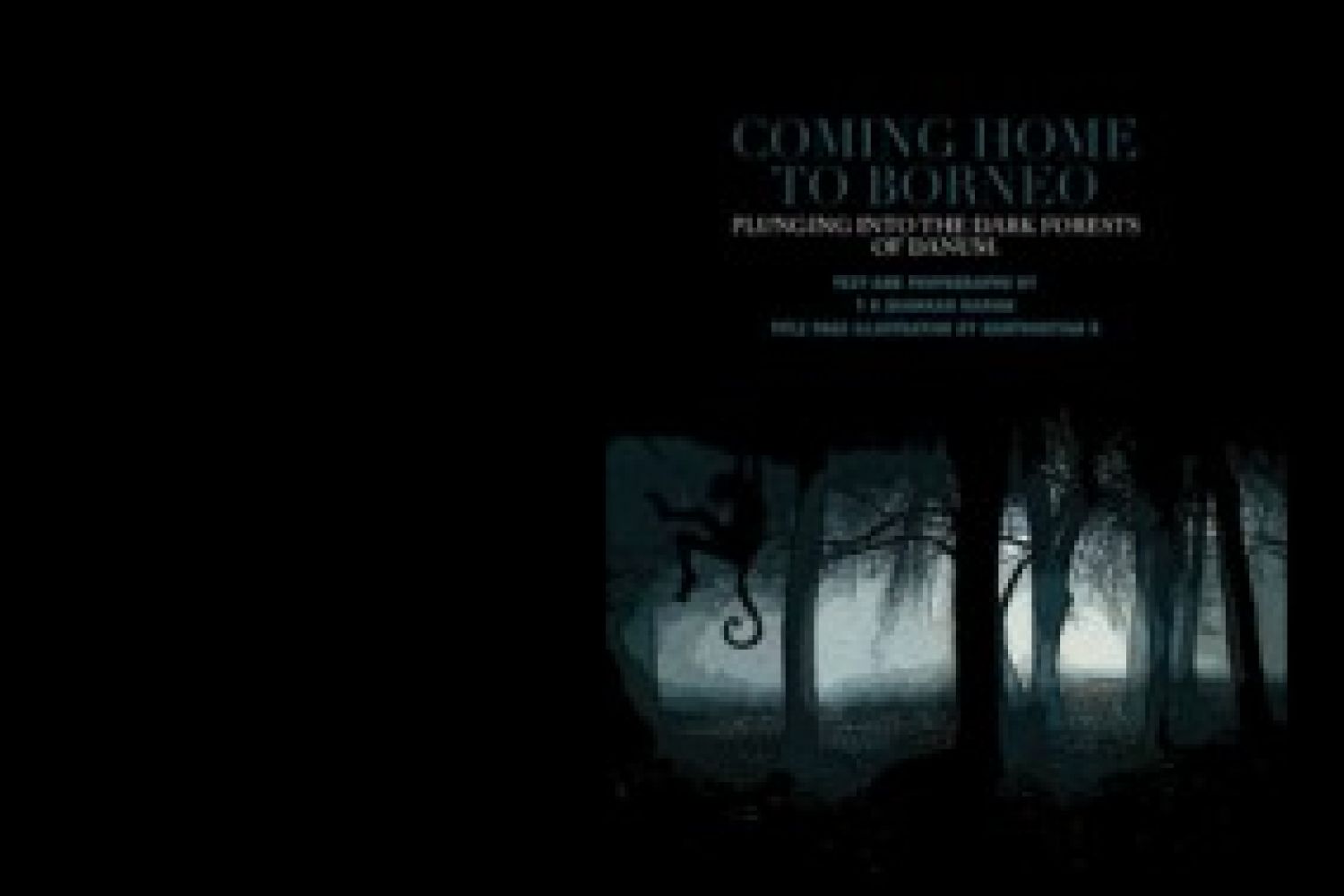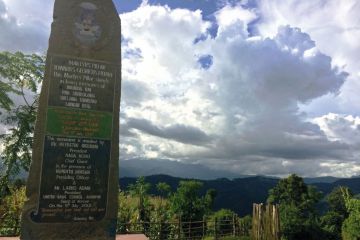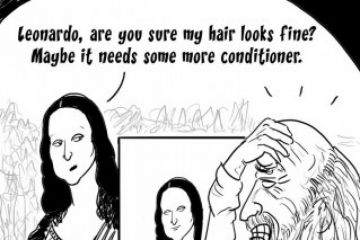
The song of the
whistling thrush in the cloud-covered mountains. A chill in the air in the
hills of the elephants. The river in-between the hills—the Naduar—whose white
swells over the rocks he can see through his window, whose rich, sibilant sighs
carry through the clear air all the way up to him. To him at his table by the
window, from where he hears, he feels, he sees.
The tea estates lie
quiet now. Through the window, he sees the tea bushes stretching away in
precise rows, beyon





